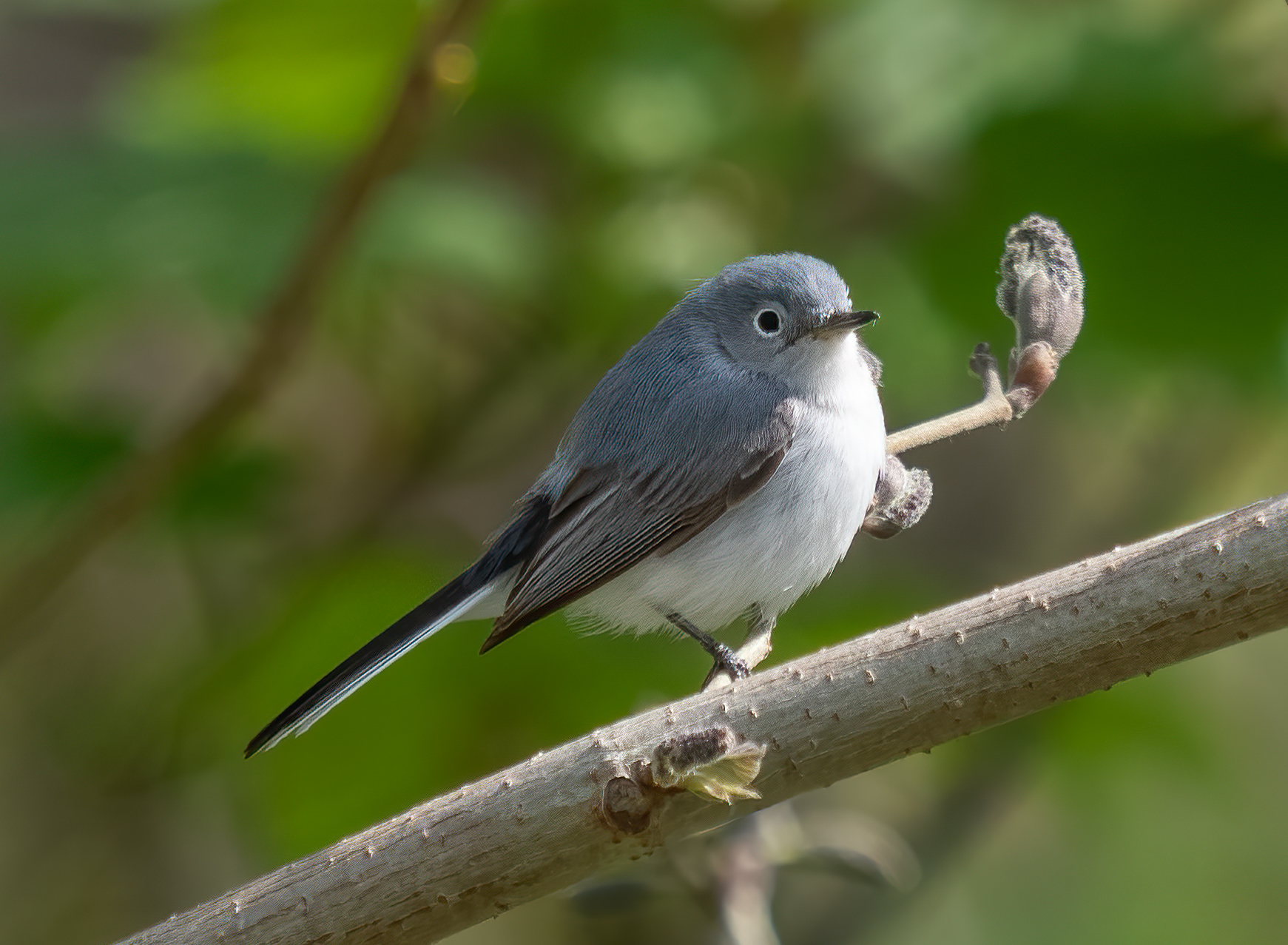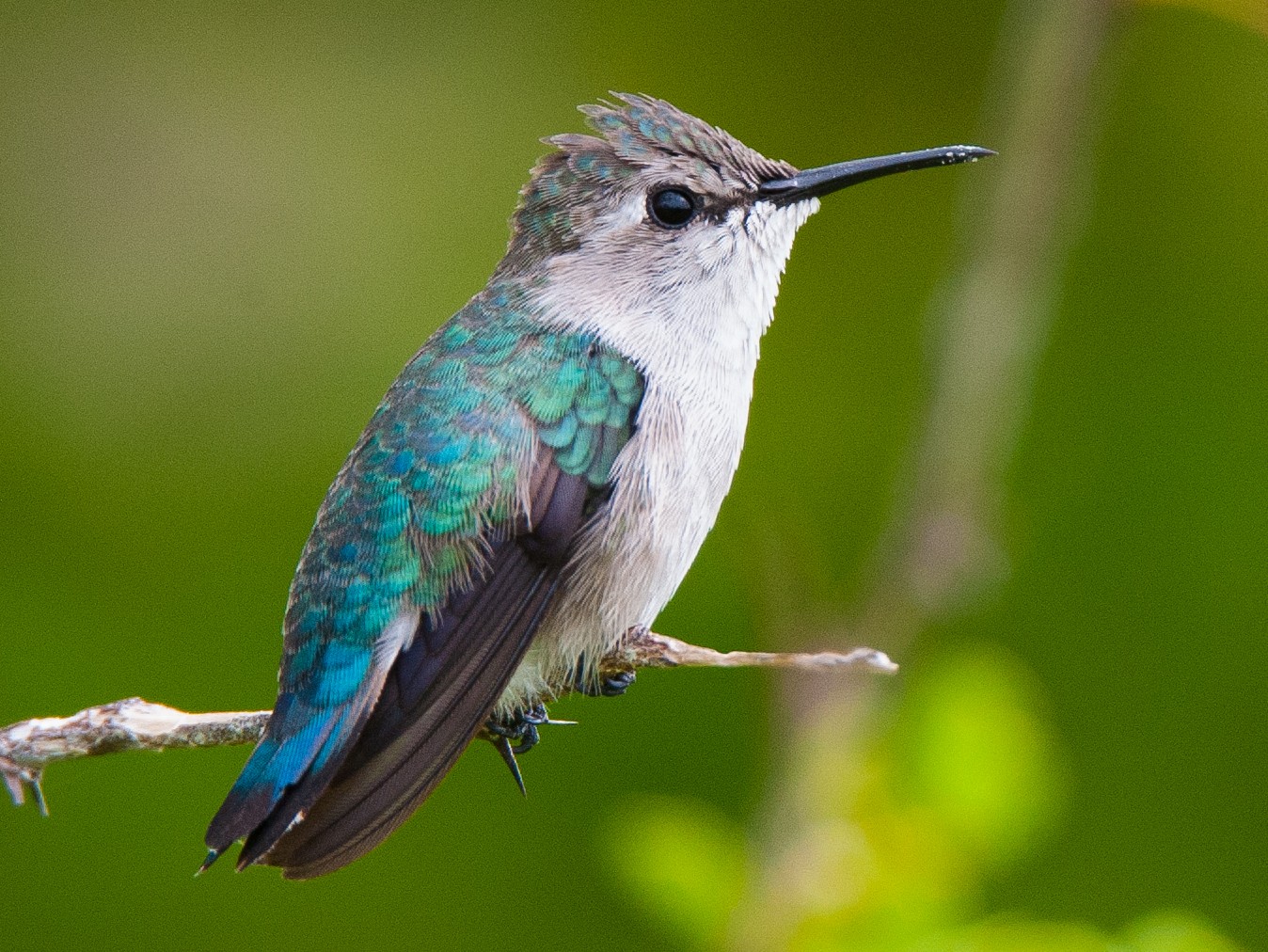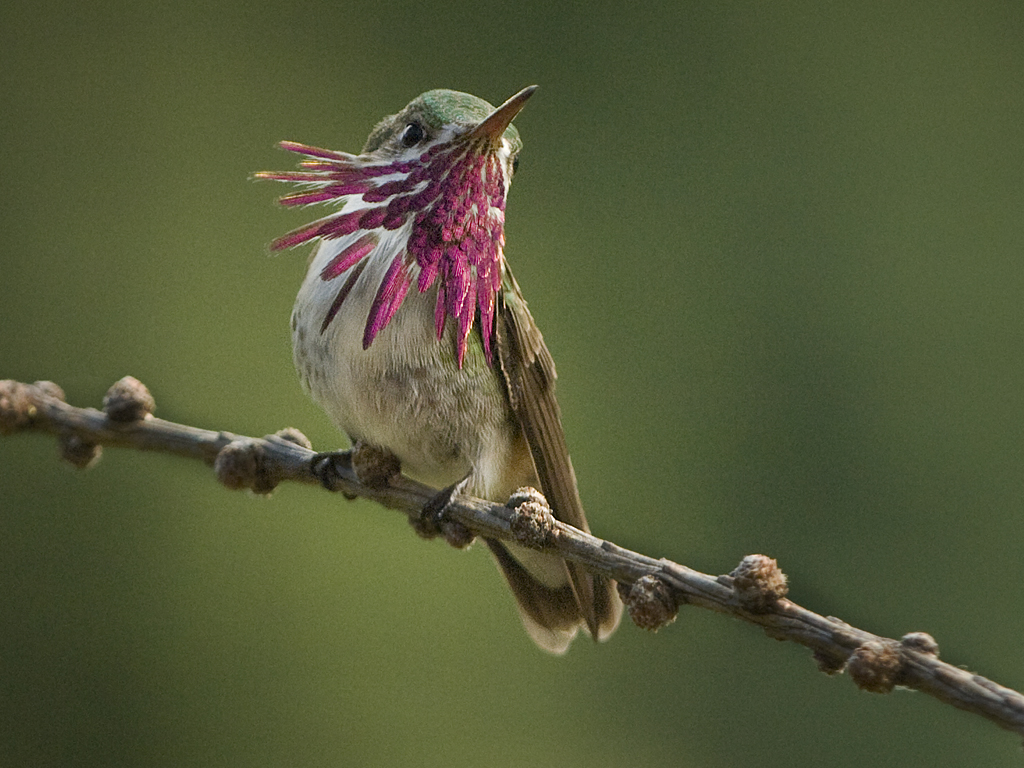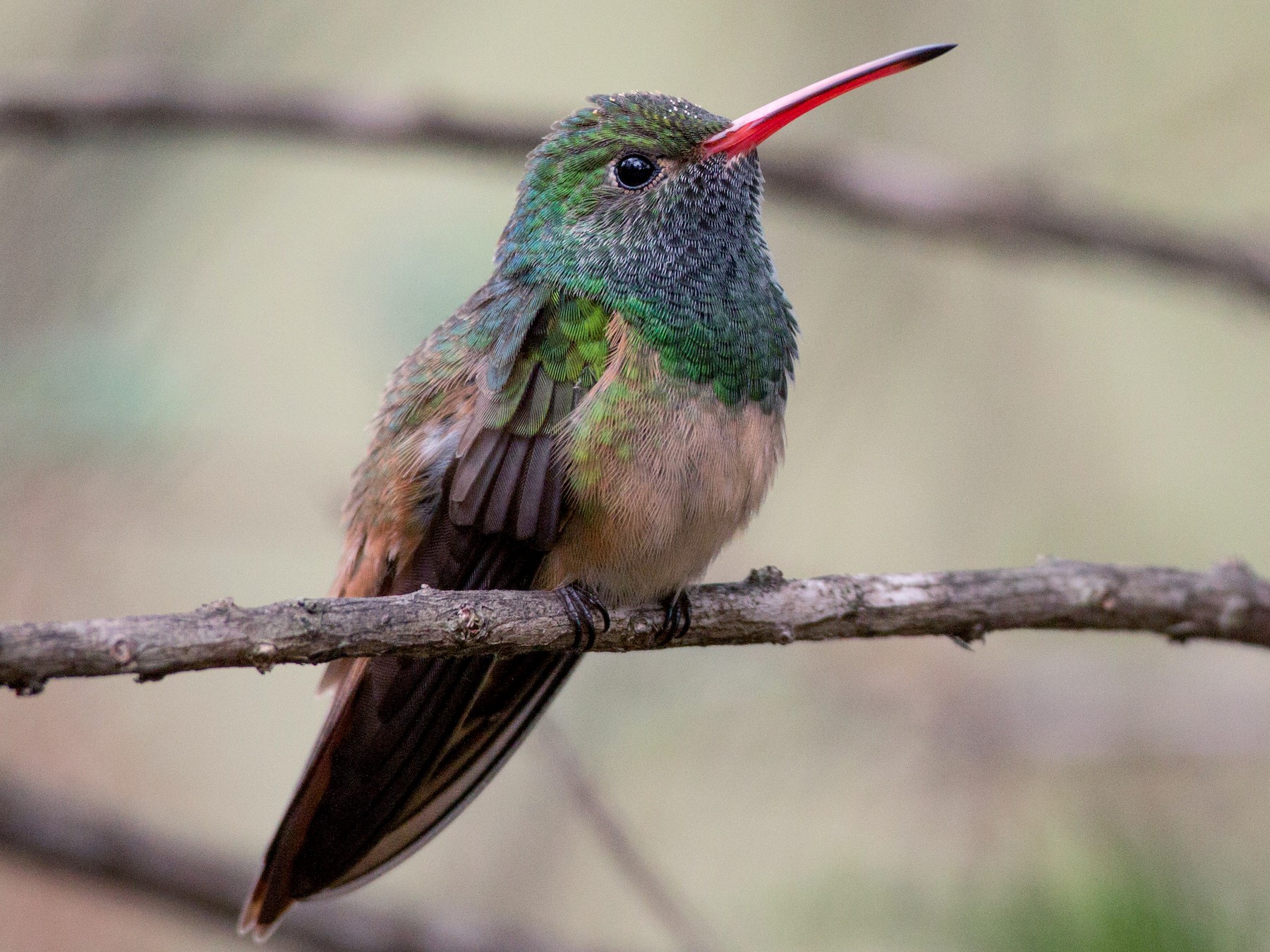North America is home to a diverse array of bird species, ranging from majestic raptors to tiny, delicate creatures. In this article, we will explore the top 10 smallest birds in the region, focusing on their unique characteristics and habitats.
Before we delve into the list, it’s important to understand the definition of North America, which includes not only the United States and Canada but also Greenland, Mexico, and the Caribbean.
You are reading: The Top 10 Smallest Birds In North America

OLYMPUS DIGITAL CAMERA
The Top 10 Smallest Birds In North America
Bee Hummingbird

The Bee Hummingbird (Mellisuga helenae) is a fascinating species of hummingbird and holds the title of the world’s smallest bird. This tiny nectar sipper is native to the island of Cuba in the Caribbean, making it an endemic species.
The male Bee Hummingbird is known for its stunning appearance, with an iridescent red head and turquoise upperparts, while the female is also turquoise above but dingy below.
Measuring only about 5.5 cm in length for males and 6.1 cm for females, the Bee Hummingbird is readily identifiable by its tiny size and relatively short bill. In flight, its wings produce a sound resembling that of a bumblebee, which is how it acquired its name.
These birds have specially adapted flight muscles, making up 22 to 34 percent of their total body weight, as well as a large keel and tapered wings, which aid in flying.
The Bee Hummingbird is endemic to the entire Cuban archipelago, including the main island of Cuba and the Isla de la Juventud in the West Indies. Its population is fragmented, with habitats in Cuba’s mogote areas in Pinar del Río Province, Zapata Swamp (Matanzas Province), and more commonly in eastern Cuba, with reference localities in Alexander Humboldt National Park and Baitiquirí Ecological Reserve (Guantánamo Province) and Gibara and Sierra Cristal (Holguín Province).
These tiny birds feed on woodland flowers, especially those that are more horizontally positioned, and are often found perched on high exposed branches. They are known to have a rapid growth rate during their early stages, with the young being fed by regurgitation for 20-40 days.
The nestlings’ initial plumage closely resembles that of an adult Bee Hummingbird, with the exception of the dark colorations and iridescent ornamentations, which develop later in life.
Calliope Hummingbird

The Calliope Hummingbird (Selasphorus calliope) is the smallest bird native to the United States and Canada. Here are some interesting facts about this tiny bird:
Appearance
– Calliope hummingbirds have green upperparts and males have red and white streaked throats, while females have dull whitish throats.
– Their wings go past their tail when they are folded back, although their wings are much shorter than other hummingbirds.
Habitat
– Calliope hummingbirds breed in meadows and open forests high in chilly Northwestern mountains.
– They have a western breeding range mainly from California to British Columbia, and migrate to the Southwestern United States, Mexico, and Central America for their wintering grounds.
Behavior
– Calliope hummingbirds are migratory birds, generally leaving their breeding grounds earlier than most birds to take advantage of the late-summer.
– During mating season, males perform U-shaped display dives for females, making a sputtering buzz with tail feathers and giving a sharp zinging call.
Conservation
– The Calliope Hummingbird is not currently considered threatened or endangered.
– However, like all hummingbirds, they are vulnerable to habitat loss and degradation, as well as climate change.
Overall, the Calliope Hummingbird is a fascinating species of bird, known for its tiny size and unique appearance. Despite its small stature, it is an important part of the ecosystem and a joy to observe in the wild.
Buff-breasted Hummingbird

Read more : Bird In A Hole
The Buff-breasted Hummingbird (Amazilia yucatanensis) is a species of hummingbird found in North America. Here are some interesting facts about this tiny bird:
Appearance
– Buff-breasted hummingbirds have a green back and crown, a white breast, and a buff-colored belly.
– They have a straight, thin, and black bill that is slightly curved at the tip.
– They are small, measuring only about 7.5 cm in length and weighing around 2.5 g.
Habitat
– Buff-breasted hummingbirds are found in a variety of habitats, including open woodlands, scrublands, and gardens.
– They breed in the southwestern United States and Mexico, and migrate to Central America and northern South America for the winter.
Behavior
– Buff-breasted hummingbirds feed on nectar from flowers and insects, and are known to hover in front of flowers while feeding.
– During mating season, males perform aerial displays to attract females.
– They are solitary birds and do not form flocks.
Conservation
– The Buff-breasted Hummingbird is not currently considered threatened or endangered.
– However, like all hummingbirds, they are vulnerable to habitat loss and degradation, as well as climate change.
Overall, the Buff-breasted Hummingbird is a fascinating species of bird, known for its small size and unique appearance. Despite its small stature, it is an important part of the ecosystem and a joy to observe in the wild.
Bumblebee Hummingbird
The Bumblebee Hummingbird (Selasphorus heloisa) is a species of hummingbird that is endemic to Mexico, but has been observed as a vagrant in the United States. Here are some interesting facts about this tiny bird:
Appearance
– The Bumblebee Hummingbird is one of the smallest hummingbirds, measuring only 5.9 to 7.5 cm in length and weighing 2 to 2.7 g.
– Both sexes of both subspecies have a short, straight, blackish bill and a small white spot behind the eye.
– Males have a stunning pink throat, while females have a white throat.
Habitat
– Bumblebee Hummingbirds inhabit humid and semi-humid forests, as well as shrubby clearings and edges in evergreen forests.
– They are found in the mountains of Mexico, and are known to migrate to lower elevations during the winter.
Behavior
– Bumblebee Hummingbirds feed on nectar from a wide variety of flowering plants, and are known to hover in a horizontal posture with the tail cocked up while feeding.
– They are dominated by larger hummingbirds, but their small size allows them to sometimes feed in their territories without confrontation.
– Bumblebee Hummingbirds lead a mostly solitary life and will aggressively chase other bee hummingbirds away from their territory, as well as attacking bumblebees and other nectar-feeding insects that attempt to feed in their territory.
Conservation
– The Bumblebee Hummingbird is not currently considered threatened or endangered.
– However, like all hummingbirds, they are vulnerable to habitat loss and degradation, as well as climate change.
Overall, the Bumblebee Hummingbird is a fascinating species of bird, known for its small size and unique appearance. Despite its small stature, it is an important part of the ecosystem and a joy to observe in the wild.
Blue-gray Gnatcatcher
The Blue-gray Gnatcatcher (Polioptila caerulea) is a small songbird that is native to North America. Here are some interesting facts about this tiny bird:
Appearance
– The Blue-gray Gnatcatcher is a small bird, measuring only about 10-13 cm (3.9-5.1 in) in length and weighing only 5-7 g (0.18-0.25 oz).
– Adult males are blue-gray on the upperparts with white underparts, a slender dark bill, and a long black tail edged in white.
– Females are less blue, while juveniles are greenish-gray.
– Both sexes have a white eye ring.
Habitat
– Blue-gray Gnatcatchers are found in a variety of habitats, including broadleaf forests, scrublands, and gardens.
– They breed in the eastern and southwestern United States and Mexico, and migrate to Central America and northern South America for the winter.
Behavior
– Blue-gray Gnatcatchers feed on insects, which they catch by gleaning from leaves and twigs, and are known to hover while feeding.
– They are active birds and are often seen flitting about in the treetops.
– During mating season, males perform aerial displays to attract females.
Conservation
– The Blue-gray Gnatcatcher is not currently considered threatened or endangered.
– However, like all birds, they are vulnerable to habitat loss and degradation, as well as climate change.
Overall, the Blue-gray Gnatcatcher is a fascinating species of bird, known for its small size and unique appearance. Despite its small stature, it is an important part of the ecosystem and a joy to observe in the wild.
Least Flycatcher
The Least Flycatcher (Empidonax minimus) is a small insect-eating bird and is the smallest Empidonax flycatcher in eastern North America.
Here are some interesting facts about this tiny bird:
Appearance
– The Least Flycatcher is one of the smallest of the genus Empidonax, measuring 12 to 14 cm in height with a wingspan of 19 to 22 cm and weighing approximately 10.3 g.
– Its plumage is dull olive-gray on its back and whitish on its belly, notably brighter than the other Empidonax birds.
– The Least Flycatcher’s wings are lined with two white bars, and white rings contour its eyes.
– Its beak is short and the lower mandible is yellowish.
Habitat
– Least Flycatchers breed in deciduous and mixed forests, and can also be found in parks and gardens.
– They breed in Canada and the northeastern United States, and migrate to Central America and northern South America for the winter.
Behavior
– Least Flycatchers feed on insects, which they catch by flycatching from perches or in mid-air.
– They are known for their distinctive call, which sounds like “che-bec” or “che-bek”.
– During mating season, males perform aerial displays to attract females.
Conservation
– The Least Flycatcher is not currently considered threatened or endangered.
– However, like all birds, they are vulnerable to habitat loss and degradation, as well as climate change.
Overall, the Least Flycatcher is a fascinating species of bird, known for its small size and distinctive call. Despite its small stature, it is an important part of the ecosystem and a joy to observe in the wild.
Bushtit
The Bushtit (Psaltriparus minimus) is a small, lively songbird that is native to western North America. Here are some interesting facts about this tiny bird:
Appearance
– Bushtits are small, plump birds that are slightly smaller than a chickadee, measuring only about 10 cm in length and weighing around 5-6 g.
– They have a long tail that is often held upright, a large head, and a short, stubby bill.
– Their plumage is drab brownish-gray, and they have a stubby dark bill and dark eyes.
Habitat
– Bushtits are found in a variety of habitats, including oak scrub, chaparral, mixed woodlands, and suburban gardens.
– They are found in western North America, from British Columbia to Mexico.
Behavior
– Bushtits are social birds and are almost always found in lively flocks.
– They feed on insects, which they catch by gleaning from leaves and twigs, and are known to hover while feeding.
– During mating season, males perform aerial displays to attract females.
Conservation
– The Bushtit is not currently considered threatened or endangered.
– However, like all birds, they are vulnerable to habitat loss and degradation, as well as climate change.
Overall, the Bushtit is a fascinating species of bird, known for its small size and lively behavior. Despite its small stature, it is an important part of the ecosystem and a joy to observe in the wild.
Golden-crowned Kinglet
The Golden-crowned Kinglet (Regulus satrapa) is a very small songbird that is native to North America. Here are some interesting facts about this tiny bird:
Appearance
– Golden-crowned Kinglets are pale olive above and gray below, with a black-and-white striped face and a bright yellow-orange crown patch.
– They are boldly marked with a black eyebrow stripe and flashy lemon-yellow crest.
– They are one of the tiniest birds in North America, measuring only about 9 cm in length and weighing around 5-7 g.
Habitat
– Golden-crowned Kinglets are found in a variety of habitats, including coniferous forests, boreal forests, and mixed woodlands.
– They breed across Canada, the northeastern and western United States, Mexico, and Central America, and migrate to the United States in the non-breeding season.
Behavior
– Golden-crowned Kinglets feed on insects, which they catch by gleaning from leaves and twigs, and are known to hover while feeding.
– They are active birds and are often seen flitting about in the treetops.
– During mating season, males perform aerial displays to attract females.
Conservation
– The Golden-crowned Kinglet is not currently considered threatened or endangered.
– However, like all birds, they are vulnerable to habitat loss and degradation, as well as climate change.
Overall, the Golden-crowned Kinglet is a fascinating species of bird, known for its small size and distinctive appearance. Despite its small stature, it is an important part of the ecosystem and a joy to observe in the wild.
Ruby-crowned Kinglet
The Ruby-crowned Kinglet (Corthylio calendula) is a small passerine bird that is found throughout North America. Here are some interesting facts about this tiny bird:
Appearance
– Ruby-crowned Kinglets have olive-green plumage with two white wing bars and a white eye-ring.
– Males have a red crown patch, which is usually concealed, while females and juveniles lack the red crown patch.
– They are one of the smallest songbirds in North America, measuring only about 10 cm in length and weighing around 5-7 g.
Habitat
– Ruby-crowned Kinglets are found in a variety of habitats, including coniferous forests, boreal forests, and mixed woodlands.
– They breed across Canada, the northeastern and western United States, and migrate to the southern United States, Mexico, and Central America for the winter.
Behavior
– Ruby-crowned Kinglets are very active birds and are often seen flitting about in the treetops.
– They feed on insects, which they catch by gleaning from leaves and twigs, and are known to hover while feeding.
– During mating season, males perform aerial displays to attract females.
Conservation
– The Ruby-crowned Kinglet is not currently considered threatened or endangered.
– However, like all birds, they are vulnerable to habitat loss and degradation, as well as climate change.
Read more : How To Keep Bird Feeders Dry
Overall, the Ruby-crowned Kinglet is a fascinating species of bird, known for its small size and distinctive appearance. Despite its small stature, it is an important part of the ecosystem and a joy to observe in the wild.
Carolina Chickadee
The Carolina Chickadee (Poecile carolinensis) is a small passerine bird in the tit family Paridae. Here are some interesting facts about this charming bird:
– Appearance: Carolina Chickadees have a black cap and bib separated by stark white cheeks. The back, wings, and tail are soft gray. They are very similar in appearance to the Black-capped Chickadee, but can be distinguished by their slightly browner coloration.
– Habitat: Carolina Chickadees are found in a variety of wooded areas, including mixed and deciduous woods, parks, and backyards throughout the southeastern United States, including the southern half of the Chesapeake Bay region.
– Behavior: These birds are known for their inquisitive and acrobatic nature. They are often seen foraging for insects and seeds in trees and shrubs, and they can hang upside down while feeding.
– Conservation: The Carolina Chickadee is still common and widespread, and its conservation status is not a concern. They are adaptable birds that can thrive in a variety of habitats, including urban and suburban areas.
Overall, the Carolina Chickadee is a delightful and familiar sight in the southeastern United States, with its distinctive appearance and lively behavior. It is a testament to the resilience and adaptability of these small songbirds in the face of changing environments.
FAQS
1. What is the smallest bird in North America?
The Bee Hummingbird is the smallest bird in North America, measuring only about 5.5 cm in length for males and 6.1 cm for females.
2. What is the smallest songbird in North America?
The Calliope Hummingbird is the smallest songbird in North America, measuring only about 8 cm in length.
3. What is the difference between the Carolina Chickadee and the Black-capped Chickadee?
The Carolina Chickadee and the Black-capped Chickadee are very similar in appearance, but the Carolina Chickadee can be distinguished by its slightly browner coloration.
4. Where are the Ruby-crowned Kinglets found?
Ruby-crowned Kinglets are found throughout North America, breeding across Canada, the northeastern and western United States, and migrating to the southern United States, Mexico, and Central America for the winter.
5. What is the behavior of the Bushtit?
Bushtits are social birds and are almost always found in lively flocks. They feed on insects, which they catch by gleaning from leaves and twigs, and are known to hover while feeding.
6. Are any of the smallest birds in North America endangered?
None of the birds on this list are currently considered threatened or endangered. However, like all birds, they are vulnerable to habitat loss and degradation, as well as climate change.
Source: https://petstutorial.com
Category: Birds










